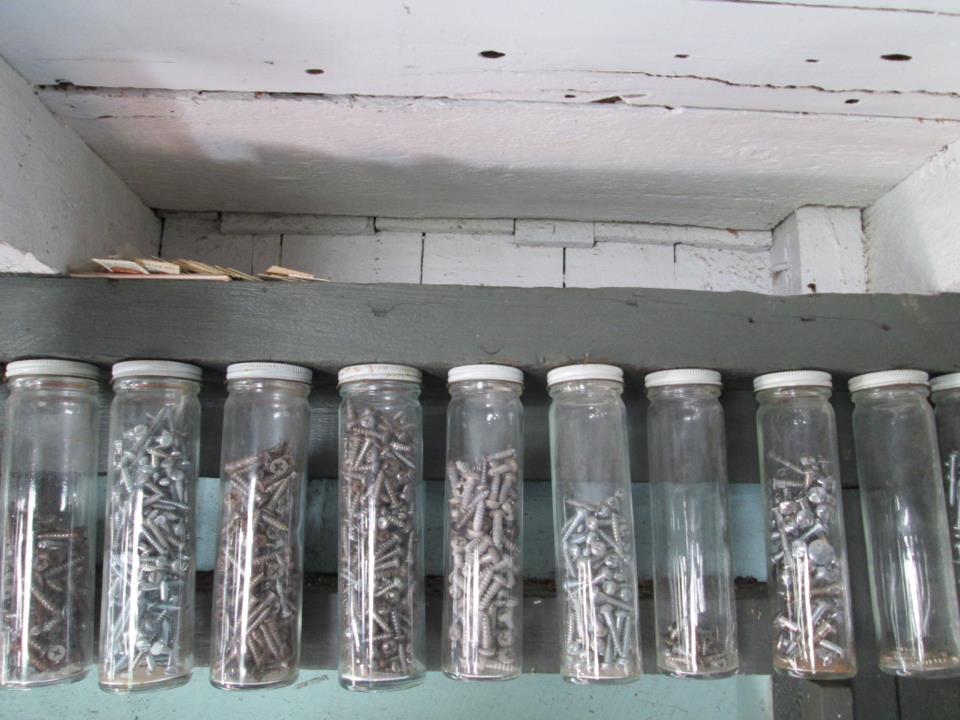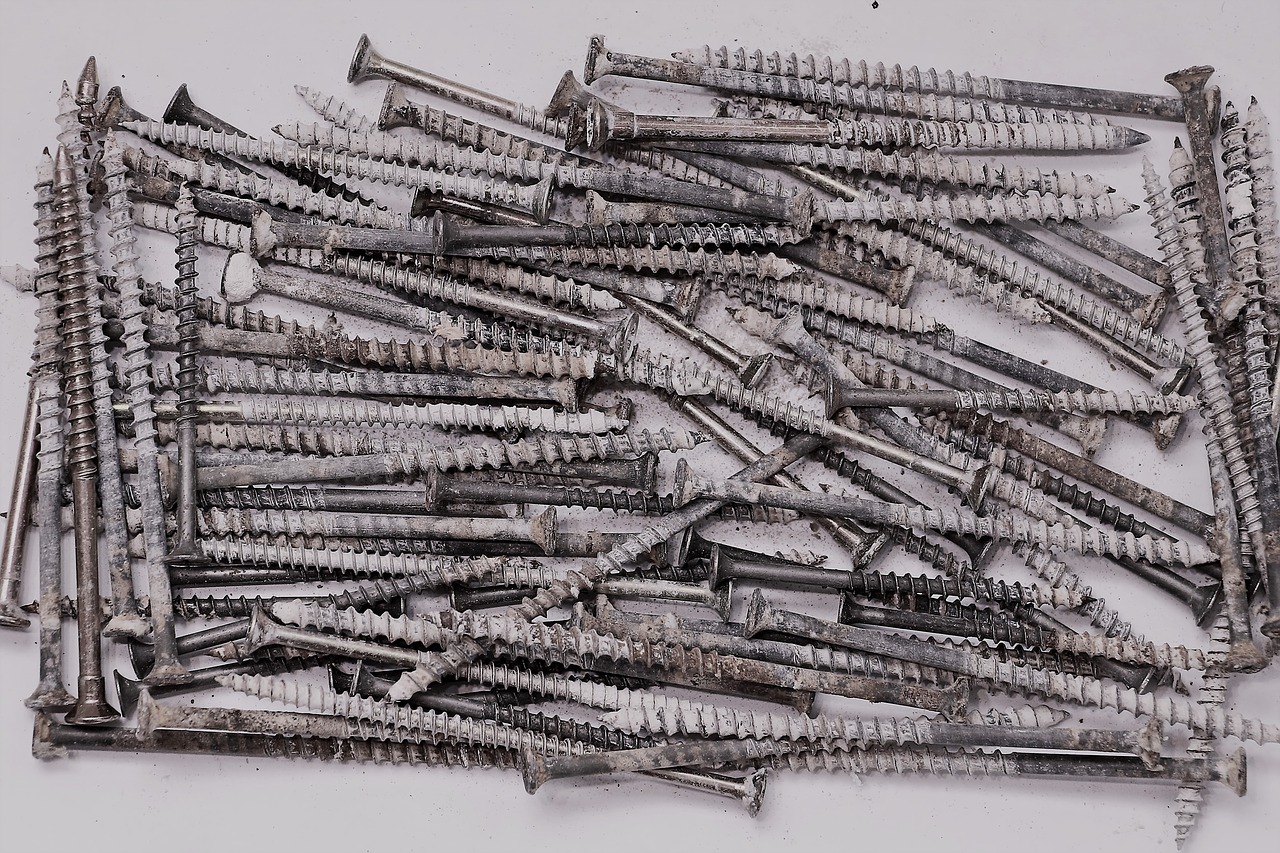Are you thinking about organizing the toolshed? Definition of tool: a device or implement, especially one held in the hand, used to carry out a particular function. Because each tool has a particular function it can be categorized just like any other household item.
The First Step
The first step in organizing tools is to do an inventory. Once you know what tools you have on hand, sort them into like categories; power tools, small hand tools, etc. Next, create zones made up of categorized items and use cabinetry to group like items together.
Table Saw Category
For instance, if you have a large table saw equipment category, when planning a workshop layout, a cabinet would be hung close to the table saw. Details like this are essential to the smooth work flow of the tool shed/garage.
The best way to organize tools is to customize storage pieces to fit the space and the amount and kind of tools they contain. That’s why I never recommend buying containers before organizing. Firstly you have to know how much of what you have to contain to buy or build the appropriate storage device. For example, purchasing a workbench is not nearly as effective as building one of your own because it won’t have specific storage spots for the tools you own.
If you are able, building a tool cabinet is a smart way to maximize any vertical space you have to spare. You can use pegboard as a backing and on the cabinet doors, so you have lots of surface area to hang your tools.
Wall Panels
Many people prefer open-concept storage in their workshops. Instead of storing tools and essentials inside cabinets, many are opting to keep these items out in the open for “at a glance” ease.
If you happen to have a blank wall, you can install a large slat wall system just like a retail store. You can use hooks to hang tools and store like items inside bins and clear plastic containers. You’ll be able to pack lots of items into each space this way.
Wall Strips
One of the most effective ways to keep a work surface clear is by having lots of vertical storage space. Tools hidden away in tool boxes and drawers without labels can be forgotten about and misplaced. So the more you can visually see on the walls at a glance, provided they are grouped by category and zone, the better the system will work.
Slat boards and pegboards are two ways to hang things on the wall. Another option is to use vertical strips and install hooks on the strip. For smaller metal tools, you could use a magnetic strip.
Mobile Tool Island or Desk
Many struggle with how to organize power tools that they use often in the middle of a big project. If you are in the process of a renovation and find yourself unable to keep your tools orderly, consider adding a mobile workbench/island.
Include ample hanging storage for power tools and space for storing larger tools, such as air compressors on the bottom shelving of the island/bench. You want to try to build in as much storage as possible, so the top can be a work surface.
Plastic Totes
Many tools can’t be stored on a pegboard or space available. Awkwardly sized tools, such as paint rollers and tubes of caulk, can be put inside clear plastic totes which can be stored on an open shelving unit for easy viewing at a glance. Spend time labeling each container. This will greatly affect ease of use especially if there are more than one person using the tools.
Mason Jars
Sometimes I stumble upon evidence of a very organized handywo/man when the tools are off the bench and secured off shelves as well. Using these recycled jars screws and nails can easily be seen and are also kept dust-free. The covers were unscrewed from the top and secured to this low shed ceiling beam. The nails and screws were then added to the jar and screwed into the secured top.

Organizing the Toolshed
All the different types of screws are visible in one glance making the system a sure thing for lasting over time. Luckily this shed had good windows that shown plenty of natural light to see the contents. Many sheds do not have ample lighting and should be improved in this way as a very basic step to staying organized. The system is further fool proofed by using the same size jars which is easier on the eyes when trying to determine which screw to use. If the containers is clear and uniform the eye only has to determine the different contents instead of the different container making identifying needed tools immediate.
Need some help getting the tool shed in order? Contact us to make an appointment!
Interested to know more about hiring a professional organizer? Check out this New York Times article!

